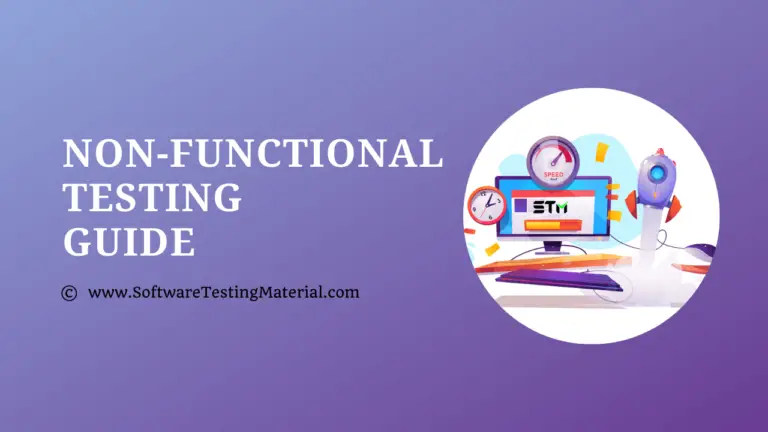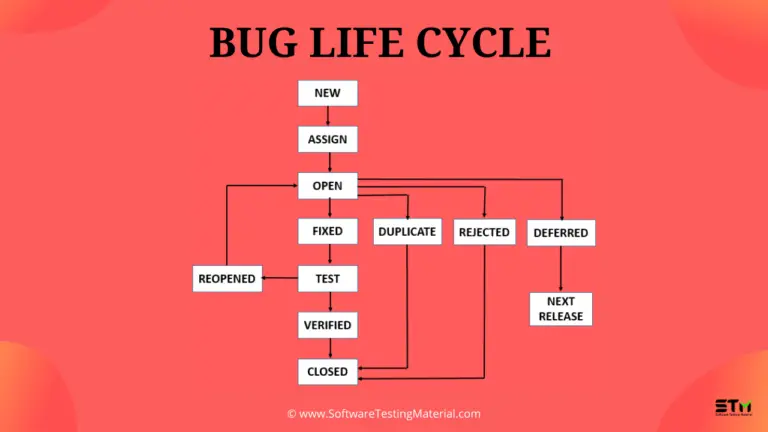Object-Oriented Testing vs Conventional Testing: Everything You Should Know
In this article we will learn Object-Oriented Testing vs. Conventional Testing. Software testing plays a crucial role in ensuring the quality, reliability, and functionality of applications. With the evolution of programming paradigms, testing methods have also diversified to address the unique challenges posed by different styles of development.
Two prominent approaches are object-oriented testing and conventional testing. While both aim to identify defects and validate software performance, their methodologies, focus areas, and tools differ significantly. Understanding these differences is essential for selecting the appropriate testing strategy based on the nature of the software project.
What is Object-Oriented Testing?
Object-Oriented Testing is a specialized approach to testing used to ensure the quality and correctness of object-oriented software systems. It focuses on testing individual objects, classes, and their interactions within the software. Unlike traditional testing, which primarily tests standalone functions or procedures, object-oriented testing evaluates the entire structure of an object-oriented system, including its encapsulation, inheritance, and polymorphism.
This type of testing includes verifying how objects communicate and interact with each other in different scenarios. It ensures that the methods within objects function correctly and that objects collaborate as intended to produce the desired behavior of the system. Key techniques in object-oriented testing include testing each class and its methods individually (unit testing), checking how groups of classes work together (integration testing), and validating the system as a whole (system testing).
Additionally, object-oriented testing ensures compliance with object-oriented design principles, such as modularity and reusability, by carefully examining attributes, methods, and the relationships between objects. By addressing these aspects, this testing approach helps to uncover bugs specific to the object-oriented paradigm and ensures the overall reliability and functionality of the software system.
What is Conventional Testing?
Conventional testing, also known as traditional testing, is a method of testing software that follows a step-by-step, structured approach. This type of testing focuses on the functionality of the program by examining specific procedures or functions within the code. Unlike object-oriented testing, which revolves around testing objects and their interactions, conventional testing targets individual blocks of code or modules.
The process of conventional testing often includes unit testing, where each function or module is tested separately to ensure it performs its intended task correctly. Integration testing is then performed to check if the various modules work well together when connected. Finally, system testing ensures that the entire application operates smoothly as a complete system.
Conventional testing is particularly suitable for programs developed using procedural programming languages, such as C or Pascal, where the code is organized into logical sequences of instructions. The primary aim of conventional testing approach is to find bugs in the functionality, logic, and execution of the code, ensuring that the software meets its requirements and performs reliably.
Difference Between Object-Oriented Testing and Conventional Testing
This table highlights the fundamental distinctions between object-oriented testing and conventional testing, providing clarity on their respective methodologies and applications.
| Aspect | Object-Oriented Testing | Conventional Testing |
|---|---|---|
| Focus | Tests objects, their states, behaviors, and interactions. | Tests individual functions, modules, or blocks of code. |
| Testing Levels | Includes testing at class, method, and integration levels. | Includes unit testing, integration testing, and system testing. |
| Structure | Focuses on the logical relationship between objects and inheritance. | Focuses on the sequential execution of independent code modules. |
| Language Suitability | Best suited for object-oriented programming languages like Java or Python. | Best suited for procedural programming languages like C or Pascal. |
| Data and Processes | Testing revolves around encapsulated data and methods acting on them. | Testing revolves around separate data structures and functions. |
| Reusability Testing | Includes testing reusable components or classes. | Does not focus on reusability; tests isolated units or modules. |
| Complexity | More complex due to dynamic behavior and inter-object relationships. | Comparatively simpler as it targets static code structure. |
| Tools and Techniques | Requires sophisticated tools to simulate objects and their interactions. | Can use simpler tools for standalone function or module testing. |
| Bug Detection | Focuses on errors in object relationships, inheritance, and polymorphism. | Focuses on detecting bugs in logic, output, and execution flow. |
FAQ’s – Object-Oriented Testing vs. Conventional Testing
What is the essential difference in focus between Conventional Testing and Object-Oriented Testing?
The essential difference is in their focus. Conventional testing centers on testing individual functions and procedures, primarily in a structured and procedural code. Object-Oriented testing, however, focuses on testing objects, classes, and their interactions, emphasizing encapsulation, inheritance, and polymorphism.
What are some of the conventional testing techniques?
Conventional testing techniques include unit testing, integration testing, system testing, and acceptance testing. Unit testing checks individual pieces of code like functions or modules. Integration testing ensures that different parts of the code work together correctly. System testing evaluates the complete system to verify it meets the requirements. Acceptance testing confirms if the system is ready for delivery by meeting user needs.
How is Object Oriented Testing different from the conventional Testing?
Object Oriented Testing focuses on testing the behaviors of objects and their interactions. Unlike conventional testing that mainly tests functions or procedures, this approach tests classes, methods, and their relationships. It emphasizes testing object states, inheritance, and polymorphism to ensure the system behaves as expected.
What is the most suitable testing approach for object-oriented software development projects?
The most suitable testing approach for object-oriented software development projects is object-oriented testing. This method focuses on testing classes, objects, and their interactions. It ensures that features like inheritance, polymorphism, and object states function correctly within the system. This makes it ideal for verifying the behavior of object-oriented programs.
Conclusion
By examining the distinctions between object-oriented testing and conventional testing, it becomes evident that each approach has its strengths and aligns with specific development paradigms. Object-oriented testing emphasizes validating relationships, encapsulation, and inheritance within complex systems, while conventional testing focuses on verifying static code structures and individual functions. Selecting the right testing approach ensures better software quality, improved efficiency, and alignment with the project’s goals. Ultimately, the choice should depend on the software’s architecture and the specific requirements of the development process.






